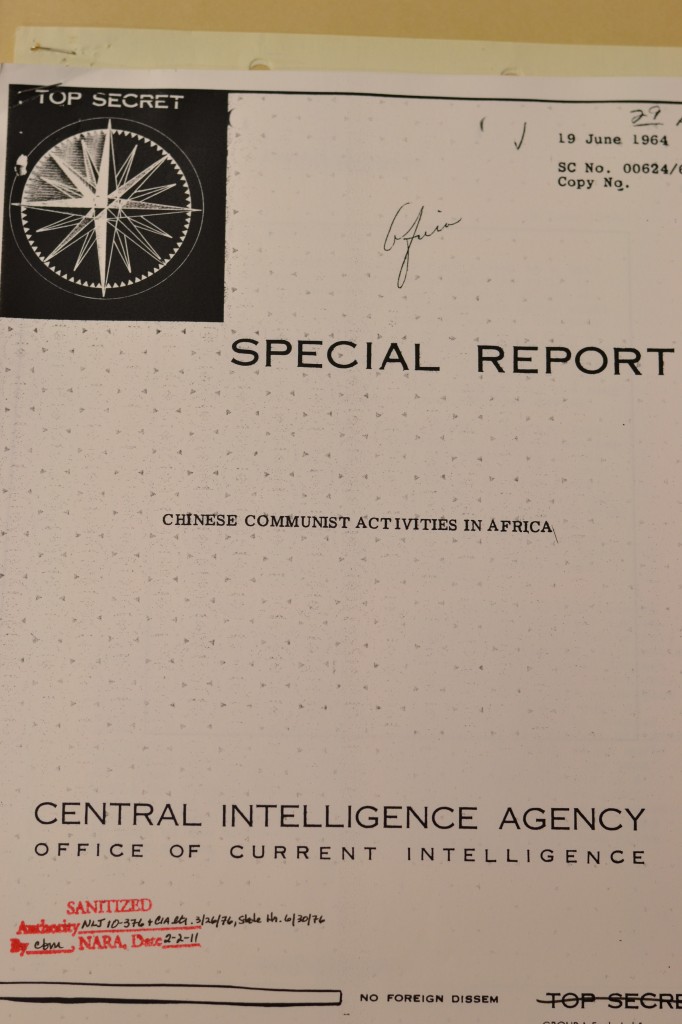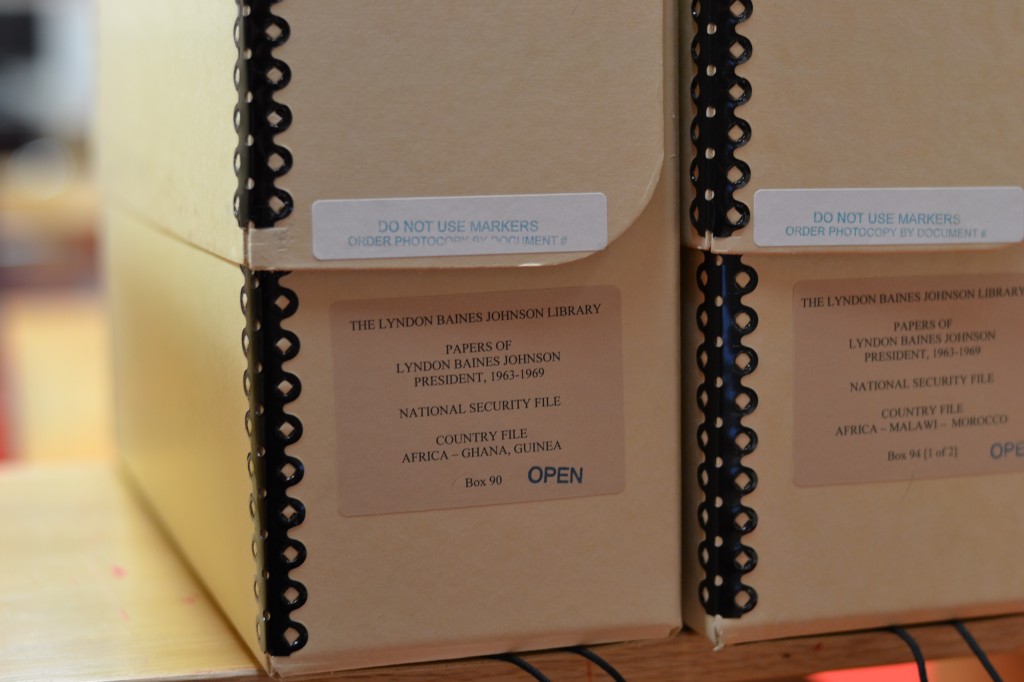Let’s talk MOOCs, shall we?
There’s evidence that one reason some members of the Board of Visitors at the University of Virginia decided they had to abruptly remove their president is that she didn’t have enough naive, heedless enthusiasm for massively open online courses (MOOCs). Should this turn out to be the case, they deserve every bit of withering scorn being heaped upon them. However, let’s be careful. There are some interesting and attractive aspects of MOOCs, if you understand them correctly. So I want to offer three very different kinds of responses.
1) Fad-Followers Are Wrecking Everything. Again.
There are really two kinds of popularizing works about trends in research and scholarship. The first kind is one of the finest, best traditions in nonfiction and academic writing and deserves a much higher reputation than it often has among academics. This is writing that explains a range of recent findings and ideas in a field of inquiry for a wider public without grossly dumbing down or simplifying that research, which creates a synthesis that clarifies the direction ahead for both researchers and publics.
Then there is work that crudely bowdlerizes and cherrypicks some body of research in order to turn it into a sellable product for use by hucksters, pitchmen, trend-followers and motivational speakers. Elmer Gantry and Harold Hill are alive and well wherever there are marks to fleece, money to take, and institutions whose guardians are easily seduced into turning over the keys. What they need is a regular supply of slick-sounding pablum that sounds authoritative and that in some way flatters the self-delusions of the marks in question, that can be converted into slogans that sound capacious and visionary, that promise an easy fix to difficult problems, that let would-be emperors strut the fashion runways in the very latest kinds of trendy nudity. There is a kind of book, a kind of op-ed writer, a kind of writing, that exists largely to feed the guys down in the boiler rooms the latest lines for talking up the policy equivalent of penny stocks.
Behind the idea and practice of massively open online courses there’s a deep history, several of them. And some serious thinking about that history from many of the people thinking about the concept. The channel that the University of Virginia’s Board of Visitors was dialed into isn’t the channel where the deep thinking is going on. It’s the huckster channel, where strategic dynamists hang out, where subprime mortgages got sold, where Pets.com was a can’t-miss IPO, where the S&L crisis happened. It’s the David-Brooks-Explains-It-All-For-You channel. If you want to know whether someone’s tuned to the interesting channel or the conman channel, there’s a simple test: are they putting their own money, their own reputations, their own professions and futures on the line? Are they creating content, practices and ideas? Or are they risking other people’s money, other people’s institutions, other people’s future and trying to buy something ready-made off the shelf? If it’s the latter, they’re reading the wrong kind of stuff by the wrong kind of people. Or they are the wrong kind of people.
2) This Is Not The First Time Folks Have Tried to Democratize or Massify Higher Education.
MOOCs are the latest chapter in attempts to democratize and massify education. Considered against the backdrop of that history, they are both less novel and less exciting, as they have most of the old problems that have haunted such projects and some new ones of their own. Correspondence courses, open universities, maybe even chautauquas and other itinerant cultural and educational institutions, were all trying to do the same sorts of things. Broadly speaking, so was the original idea of public education period. All these projects have run into multiple gaps between their aspirations and their capabilities. Digital infrastructure in this case solves a few problems of scalability (if you don’t have to house tens of thousands of students in a physical place, you’ve dodged a huge problem) but it doesn’t magically resolve how to get to a homogenous result (a desired competency, skill or knowledge base) from an extremely heterogenous input. And the evidence is that no matter how many technological bells and whistles you add, some kinds of learning outcomes require feedback loops between teacher and student that cannot happen remotely, cannot happen impersonally, cannot happen reliably at very large scales except with subjects and materials that are digitally-native, where the procedural experience of education matches the environment within which the experience is happening. Much of this was the case in different ways with very large experiments in open education or correspondence courses: massification has costs and limitations that have to be accounted for up-front, and the more naively utopian the attitude is at the outset, the less likely it is that those limitations will be recognized, with bitter consequences sooner or later.
3) Maybe MOOCs Are an Exciting New Form of Publication, Not Teaching
I have a bunch of instructional books at home. Probably you do too. The “For Dummies” series sold a lot of books. Instructional writing is a form of education whose usefulness and limitations have been understood very well for a long time.
When do you turn to instructional writing?
When you want to get a sense of how difficult it will be to learn or do something new. When you want to get a start on learning something before you try it or do it. When you suspect that you can learn something new on your own with a bit of guidance. When you think what you’re trying to learn is something that has clear steps or processes involved, a recipe you can repeat for reliable results. When the stakes are relatively low. When you don’t have the time to take a course. When you’re not required to produce a formal certification in order to be allowed to do a task.
What were the limits of instructional writing before the digital age? That it has to describe in words what might be best shown in pictures, or that its pictures are static when they need to provide multiple perspectives and motion. That the writer can’t communicate synchronously with people who’ve bought the book, or respond quickly to questions. That it isn’t frequently updated as circumstances, tools and understandings change. That it can’t dynamically respond to what readers find unclear, difficult or confusing. That it can’t quickly incorporate material that readers want added.
A MOOC can fix all of that. It still can’t provide the really rich real-time material and human connections of a classroom, and it never will be able to, because that’s not the point. But as a technologically-enhanced kind of instructional writing? It’s a terrific improvement on what we’ve had to date with a lot of potential both as a supplement to existing education and as a product in its own right. I have maybe five, ten books on woodworking that I paid $15-20 each for. I’d gladly pay $50 for a MOOC on using a router or a table saw that had some kind of limited interactivity, well-filmed demonstrations, supplementary materials, and so on. MOOCs are a chance for the best universities and colleges to get into the adult extension and instructional literature game in a really interesting (and potentially revenue-producing) way.
They’re not a way to solve the labor-intensive character of teaching any more than the movie Armageddon was a solution to the costs of lifting payloads into orbit.
If you think about MOOCs in the right, very limited, way, they’re exciting. If you think about them the wrong way, check your wallet and your bank account. Guess which way the University of Virginia Board seems to have been thinking about them.



